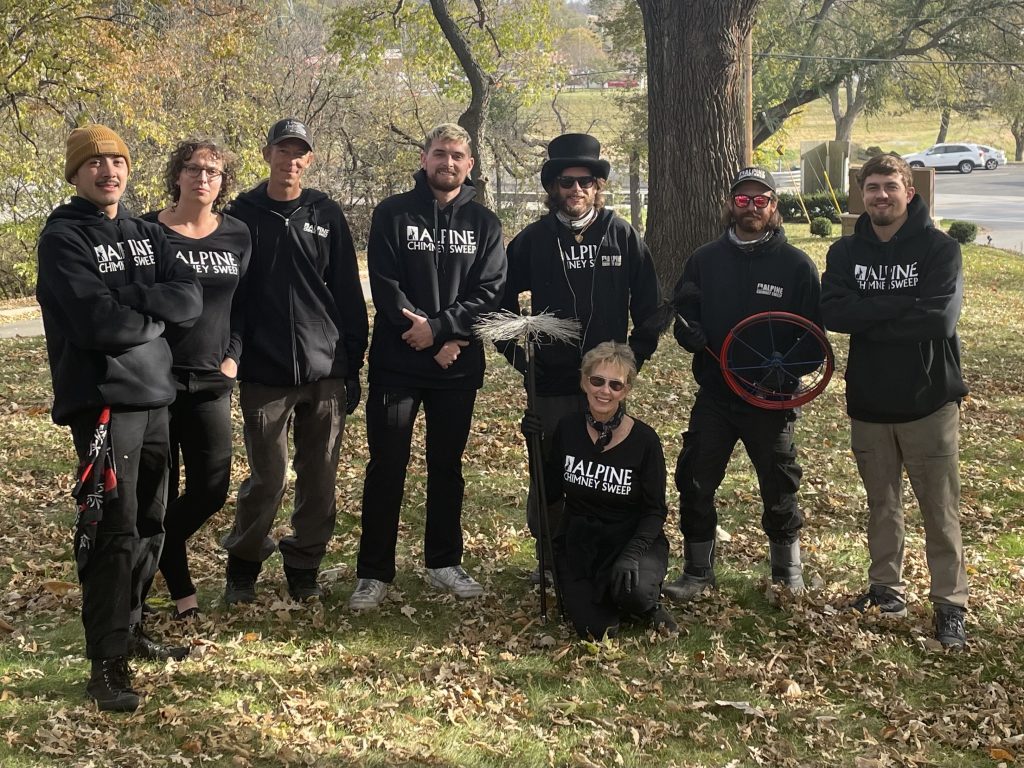We are certified by the Chimney Safety Institute of America and use the national codes and standards to guide our inspection procedures. The National Fire Protection Association and the Chimney Safety Institute of American recommend annual inspections of your chimney and venting system to prevent chimney fires, carbon monoxide intrusion and other chimney safety related hazards.
Level 1 Inspection
- Our technicians will examine the readily accessible portions of your chimney’s interior & exterior
- Readily accessible means no tools are needed to gain access
- We will examine the appropriate accessible portions of the fireplace & chimney
- Accessible areas may require the use of some common tools, such as a screw driver or pliers
- No damage to any building structure or surface finish is necessary
- We will check the basic condition of your chimney structure and flue
- The fundamental installation & clearances to combustibles will also be reviewed
- We will determine if obstructions exist
- We will identify the nature and volume of combustible deposits
When is a Level 1 Inspection Warranted?
- Level I inspections are the most common type of inspection
- Recommended for a chimney that is used regularly and is not experiencing problems
Level II Inspection
- Level II inspections include all aspects of a Level I inspection
- Video scanning or other techniques are used to examine the internal surfaces and joints within the flue
- Any part of the chimney that can be accessed is included in a level II inspection
When is a Level II Inspection Warranted?
- When a change is being made to your heating system
- Changes in fuel type
- Relining of your flue
- Replacement or addition of an appliance
- In the case of a sale or transfer of ownership of a property
- Operational malfunction
- Building fire
- Chimney fire
- Earthquake or strong storm that caused damage to the chimney
Level III Inspection
- Requires removal of components adjacent to the chimney, such as surrounding drywall, to allow the technician to inspect for proper clearances and construction in hidden areas
When is a Level III Inspection Warranted?
- When a Level II inspection indicates a hidden problem, special tools are necessary to access concealed areas of your chimney or flue


Additional Information
Additional information on the Chimney Safety Institute of America’s guidelines on Chimney Inspections can be reviewed at https://www.csia.org/inspections.html
